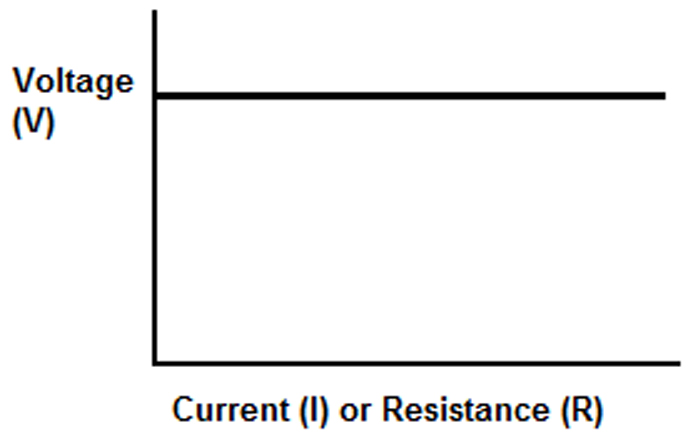We live in a world where there is growing concern for the environment. Therefore more and more groups and societies are starting to look at what can be done to help reduce our carbon footprint; in other words, what can we do to help save or conserve the earth.
Some people refer to this as supporting a greener, i.e. more natural, lifestyle void of relying too much on the introduction of chemicals – and also the over-use of electricity and other sources to provide power and energy. Of course it is not possible to totally live without modern technology, but there is a strong case to be made to reduce over-use and in doing so, cause great damage.
Ways to help achieve these goals is to look at how we use, for example, electricity. Nobody can live without proper lighting in their home or the office environment – or in any commercial and industrial environment right from hotels and restaurants and shopping malls to factories. This means we need electricity in most cases, even though some are moving towards sun energy and solar systems.
Lights, light fittings and a choice of different bulbs ensure that we can carry on our daily tasks and enjoy all social get-togethers. We can no longer imagine a life without modern lighting. Of course years ago communities relied on candle light and fire to provide light when it was needed. Then, in 1879, Thomas Edison produced the first light that was operated by touching a switch on the wall and so changed the way we look at lights and lighting options forever.
That first form of lighting for bulbs is known as the incandescent bulb, and it has been in use ever since, except many users have started to look at other alternatives, mainly keeping in mind that the less electricity one uses, the less you pay and you start saving – in addition to helping keep the environment greener because of reduced power usage.
Since the incandescent bulb that started it all, there has been great development in technology, also insofar as lighting and bulbs are concerned. In the late 1950’s the halogen bulb was introduced into our lives, which was, at the time, a tremendous improvement on the older incandescent type. It also recorded savings of up to 30% on the previous generation of lamps and bulbs simply because you use less energy. This became possible because of the new technology that was introduced by halogen. So you save on the electricity bill, but also on energy, which makes its own contribution towards reducing man’s carbon footprint.
It has to be mentioned, too, that the use of the CFL technology (compact fluorescent lamp) that was introduced for the first time in New York in the 1930’s has helped tremendously in saving people and companies great amounts of money over time, especially since the 1980’s when it was estimated that this technology offers a 75% savings over the incandescent bulb. Once more: it helps to reduce our carbon footprint.
CFL is popular over a wide front right from commercial outlets, government buildings, in industrial settings. The CFL is still popular and used in kitchens today, in bathrooms, in cupboards in the home. And then, of course there is the latest technology of the LED that was introduced in the early 60’s.
It is used widely these days for the cost savings it guarantees. This technology uses much less energy than previous lights and bulbs and has also become a great player in our efforts to conserve energy and maintain a healthy, greener environment. It also lasts much longer than the older bulbs and they do not have to be replaced all that regularly. Many of the LED bulbs last for 30, 000, 40, 000 hours and more.
LED is starting to lead the way in terms of bulbs and lighting. They are used everywhere now, you can buy them in the shopping mall, at the corner shop – from your local supplier. LED has become the preference for millions world-wide and is starting to overtake all other bulbs and lamps in terms of popularity and preference for use.
About Us
Saving Light Bulbs is a family run business which brings the public the best high quality bulbs at the most affordable prices. The service is mainly run online to bring the products to a wide range of people and to keep running costs down which, in turn, will have financial benefits for the customers. At Saving Light Bulbs we work with only the best manufacturers to ensure that a quality product reaches our customers, and because we have many years’ experience in dealing with the lighting industry we have great knowledge about all the products we bring to our website. All customers are important and we pride ourselves on the products and service we deliver. For more information, please visit https://www.saving-light-bulbs.co.uk/



















